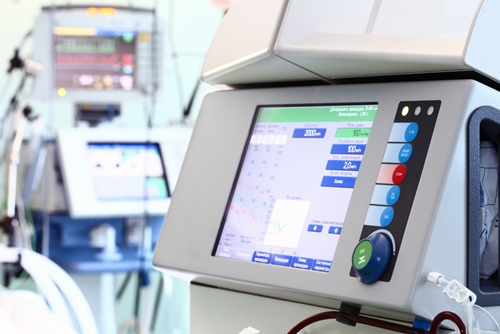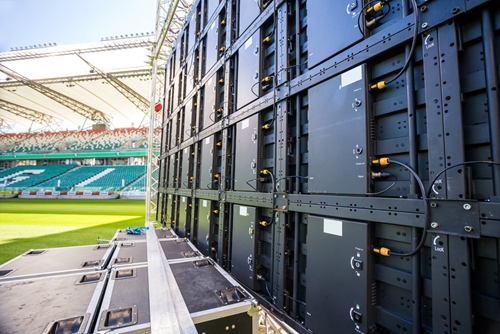

- Contributions by industrial experts with engineers in mind
- Focused on specialty-chemical material applications and selection
Knowledge Center
Epoxy Adhesives for Medical Devices

Epoxy Adhesives for Medical Devices
Epoxy adhesives for medical device assembly are used in both reusable and disposable devices because of their extreme resilience and ability to form strong bonds on a variety of substrates.
Adhesive use has been on the rise in the medical device industry as manufacturers look for ways to increase throughput and decrease costs while creating high-quality products. Devices in the medical industry must stand up to harsh conditions and, in the case of reusable products, undergo sterilization processes, like autoclaving, ETO and others. Epoxies make an excellent choice for reusable and disposable devices because of their extreme resilience and ability to form strong bonds on a variety of substrates.
One-Part vs. Two-Part Epoxy Adhesives
Epoxies can be one or two-part formulations. One-part epoxies are more frequently used in the medical device field because of their ease of application in addition to their bond strength and chemical resistance. Two-part epoxies are mixed before application in varying ratios, depending on the product. Automatic meter-mix equipment is recommended, especially in the medical industry, because incorrect mixing can lead to an incomplete cure that has different properties than expected. Two-part epoxies cure chemically via an exothermic reaction that results in extremely strong cross-linked bonds. Heating can accelerate the process and is often used to increase throughput. One-part epoxies also form strong bonds on a variety of substrates, but require heat treatment to cure.
"UV-cure epoxies can also be formulated to fluoresce under certain types of light when cured."
One of the drawbacks of epoxies is their relatively long cure times compared with other methods. However the use of heat-treatment, often used to accelerate curing with other adhesives as well, can allow full cure in under 24 hours.
UV cure epoxies for medical devices
Another option in the epoxy field is UV curable epoxies. These adhesives have similar properties to other epoxy formulations, strong bonding and resistance, but are able to "cure on demand" with the application of UV light. This reduces or eliminates one of the drawbacks to using epoxies - their long cure time. Curing in shadowed areas (sometimes a problem for UV adhesives) is generally not an issue since epoxies can employ a secondary chemical cure. UV-cure epoxies can also be formulated to fluoresce under certain types of light when cured, making quality control checking easy. Specialized equipment is needed for UV curing, but it can be added in-line for high speed processing.
Advantages of Epoxy Adhesives for Medical Device Assembly
Epoxies have a number advantages over other adhesives that should be considered when choosing how medical devices will be assembled. One is their great flexibility in formulation - epoxies can be formulated to nearly any viscosity, from thin, flowing liquid to thick pastes. Bonds can also be achieved on difficult substrates like PVC, acrylic and polyolefins such as polyethylene with suitable surface preparation such as plasma or corona treatment. Epoxies can also bond over relatively large gaps, allowing greater tolerance ranges in manufacturing.
Because they cure chemically, rather than by light or moisture, they cure completely regardless of applied depth - useful for gap filling and potting. Finally, epoxies also offer some of the greatest resistance to water, chemicals and heat among all adhesives. This allows them not only to undergo harsh sterilization processes like autoclaving and hydrogen peroxide, but to be used with other chemicals in the medical field. When thinking about reusable devices, epoxies make an excellent choice for this reason. Additionally, medical-grade epoxies have been formulated to meet USP Class VI and ISO 10993 for bio-compatibility, reactivity and toxicity.
How are epoxy adhesives used in medical device assembly?
Because of their unique set of properties, epoxies are often used in needle-bonding applications, where dispensing on plastic hubs is simple with automated equipment. Attaching needles and curing can likewise be achieved in automated assembly. Bonding various parts of breathing apparatus, from tubing to masks and bags can all also be achieved with epoxies. Epoxy is also frequently used when either potting or adhering electronic devices used in the medical industry that meet ISO or USP regulations.






